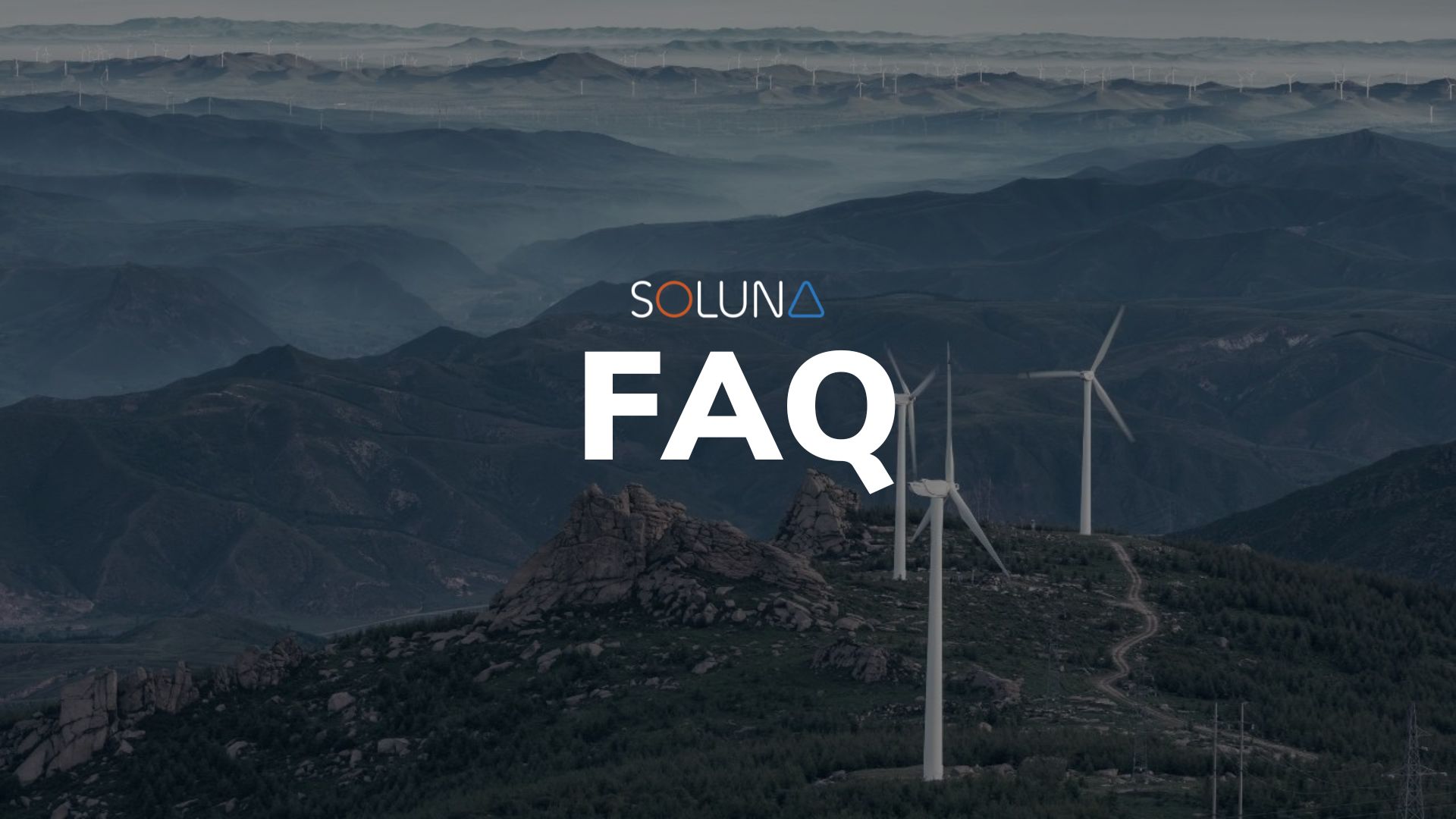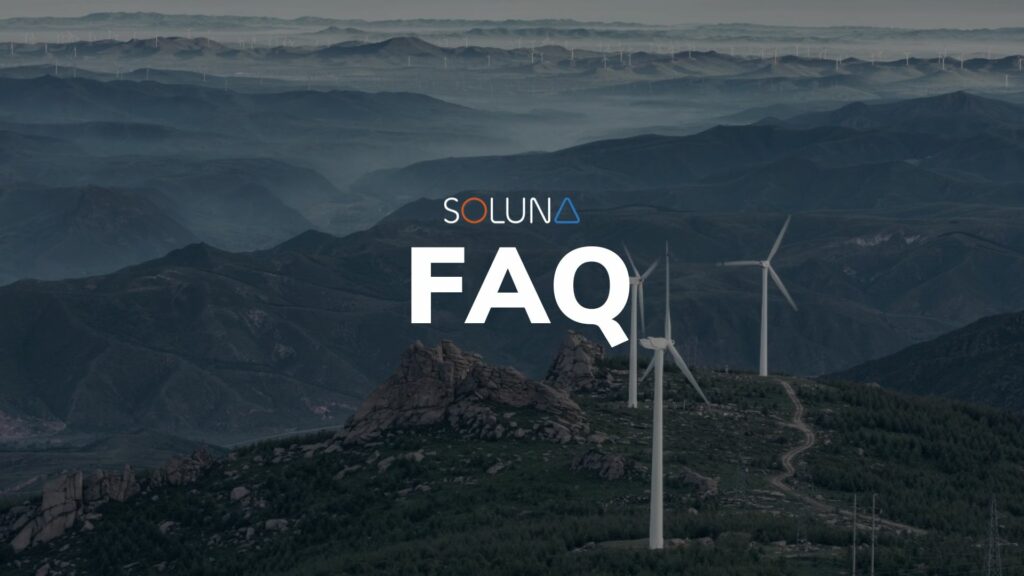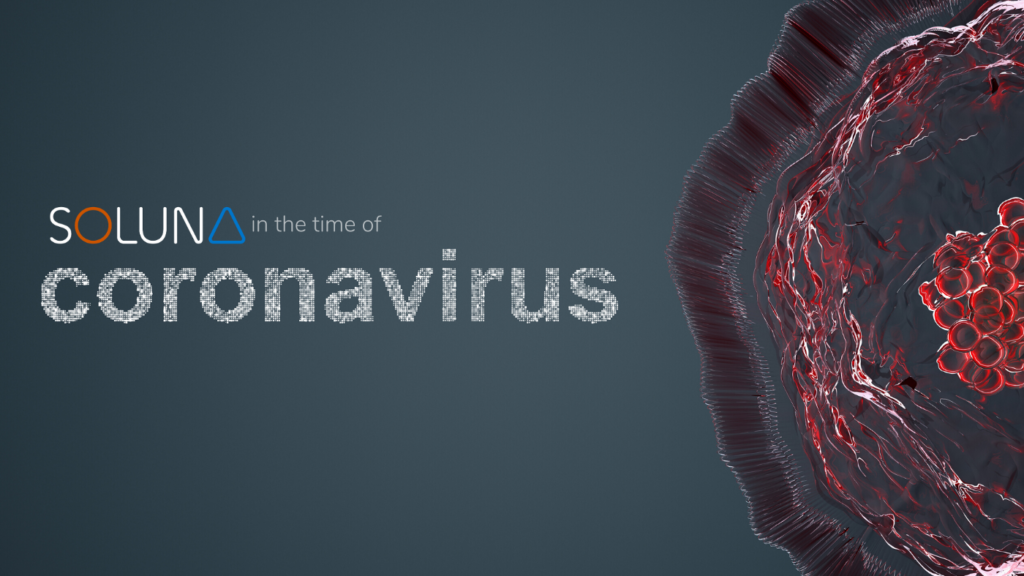Welcome to another installment of Soluna’s AMA (Ask Me Anything) series, where you — our readers and our followers on Twitter and LinkedIn — can get your questions answered.
In this Q&A, John Belizaire, CEO of Soluna Holdings, Inc., answers shareholders’ and potential investors’ most-asked questions.
Learn how to submit your questions at the end of this AMA.
Mikael asked: Hi, it says you own 15% and 50% of Dorothy 1A and 1B. Does this ownership % mean you get exactly 15% and 50% of the generated revenue from these 2 sites, or does the revenue generation work in a more complicated manner? And for Project Sophie, since the revenue generation is hosting with profit share, how does a rise in Bitcoin price increase the revenue generation, is it in a 100% linear way, i.e. when Bitcoin goes from price 15k to price 60k, does Project Sophie’s revenue increase 4x? Or is there a fixed component in the revenue generation for Soluna, and possibly in what ratio? These aren’t mentioned anywhere, and it’s a little annoying for investors to reverse-engineer calculate this info from the corporate-provided numbers. Thank you.
We own 100% of Project Sophie. We own approximately 15% of Dorothy 1A and 51% of Dorothy 1B. As part of our partnership with Spring Lane Capital (SLC), Dorothy 1A has a mechanism to increase our share of the profits after SLC achieves a certain return on their invested capital. After that point, we share in 50% of the profits.
The degree to which each project’s revenue changes based on bitcoin price depends on the percentage of proprietary mining exposure and the efficiency of machines, and optimizations we are running at each site. Project Dorothy 1B is 100% proprietary mining and Project Sophie benefits from a range of profit-sharing schemes with its hosting customers. To best see the effect of bitcoin price, we’ll soon publish our 2024 Earnings Power Illustration.
Marcos asked: How do you plan on paying off the company’s outstanding debt?
There are three main debt elements on our balance sheet:(1) Convertible Notes, (2) NYDIG, (3) Navitas Project-level Debt.
For the Convertible Notes, we have negotiated a series of amendments that allow us to either convert the note into stock or pay it in cash. Our current plan includes a combination of conversion as our stock performs, and a pay down of the debt in cash if possible. In the meantime, we have two extension rights available that give us another six months to extend the note into 2025.
For the NYDIG debt, we’ve returned the collateral related to these loan agreements. Note these loan agreements are at a subsidiary – Project Marie – that has since been decommissioned. The rest is a legal matter that is more fully described in our 10K.
For the Navitas debt, we have been paying that down from the cash flows at Dorothy 1B on schedule.
Tomas asked: I was wondering, given the notable improvement in operating results and EBITDA, how do you explain the large sell off in the past week? – In particular, the 10K mentions legal proceedings, one of which (NYDIG) had an important deadline on April 12, coinciding with the large sell-off. Was there any legal development that investors should be aware of, and what could be the impact on the company’s cash position? Or was the sell-off unrelated?
We believe the recent selloff was unrelated to the Company’s execution. For the record, nothing fundamental has changed about the Company (as this writing). Our focus and mission is unchanged. Our execution plan is unchanged. Our team is unchanged. Our sites and partnerships are the same. Our upward trajectory is the same.
Pete asked: Can you reveal what kind of revenue the first AI hosting installation is creating, compared to for example data hosting? i.e. is the revenue continuous or intermittent, and what kind of profitability is possible to reach with it in current market conditions?
We charge a fixed fee for co-location services and we pass through the cost of power. As the customer grows this scales linearly. This results in significantly higher revenue per KWh than Bitcoin Mining.
Pete also asked: Can you provide more information on Ancillary Services, what’s the maximum revenue you can generate with it with your current setup (Dorothy 1A+1B+Sophie)? What kind of conditions impact it? And from whom does the generated money come from?
At the moment, we only participate in Ancillary Services (AS) at Dorothy. Each AS period we bid into the ERCOT market to provide the services. At the end of the period, ERCOT measures our performance and pays us a set fee per MW. The projections for 2024 will appear in our Earnings Power Illustration soon.
Zach asked: Can you give us a more detailed breakdown of what the upgrade requirements and costs will be after the halving?
We don’t foresee any near term upgrades required across our sites post halving.
For our proprietary mining at Project Dorothy 1B, our average power efficiency is 28 J/TH (across our fleet it’s approximately 25.7 J/TH). Our power price of $30/MWh gives us a meaningful cost advantage that could be important relative to many other miners post halving. Along with Navitas Global, our partner at the site, we continuously evaluate equipment strategy and potential sales, purchases or swaps.
Project Dorothy 1A and Project Sophie have similar efficiency levels. Our hosting customers are some of the industry’s leading miners. We’re implementing a number of optimization strategies at each site to ensure maximum profit. Our hosting partners can upgrade their machines during the term or at the end of the term. Certain contracts at Sophie include a minimum fee to protect our exposure.
Jonathan asked: Hi, could you explain to investors what the “Cost of data-hosting revenue” that’s reported in your accounting numbers consists of? And do you have some potential plan to bring this number down? Intuitively plugging in other corporate’s miners to your facilities shouldn’t incur much costs, but the reported costs totaled 5.601M for 2023.
The cost of data-hosting revenue includes all site level direct and overhead costs that are associated with hosting. This includes site level expenses such as utilities/power, labor, site maintenance and operations management as an example.
Jonathan also asked: On your balance sheet your bitcoin miners are valued at either 11.7M or 9.1M. Have you considered selling the miners to the markets, and using the approx. 10M to abolish debt, and re-allocating the free’d up space to hosting? From an outsider perspective you’d majorly reduce perceived bankruptcy likelihood, which would lead to better negotiated terms for new project financing, in addition to other benefits.
Jonathan, as you can imagine we continuously assess our asset mix and make determinations if assets are best sold, or operated. Furthermore, we do regularly assess our debt structure and seek to optimize it for underlying risk and the asset mix we are managing considering the terms of that debt and the opportunity set we have to pay down that debt.
Thank you for submitting your questions!
If you’re reading this and haven’t had a chance to ask your question, it’s not too late.
Fill out this form, or drop your questions on Twitter @SolunaHoldings, to have your questions answered in our next AMA installment.
If your question wasn’t answered here, be sure to subscribe to our newsletter. We’re providing business insights and answering questions there, too.




